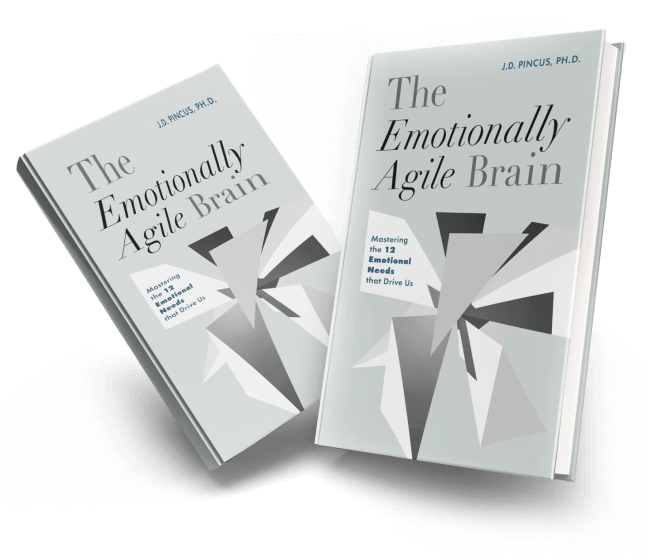A recently developed unified model of human motivation brings together various ‘mini-theories’ into a cohesive framework based on fundamental principles. This innovative model categorizes motivation across four life domains and three levels of attainment, creating a structured system of 12 distinct motivational types. To validate this model, a series of studies was conducted using a novel image-based method. These studies involved large samples of working adults, ranging from 810 to 986 participants, who completed a time-constrained exercise designed to assess the relative presence or absence of different emotional needs.
The results of these studies provide strong evidence in support of the unified model, demonstrating its heuristic and practical value in capturing the complexities of human motivation. The findings suggest that the model accurately reflects the deep interrelationships between various types of motivation, emphasizing the importance of a comprehensive and structured approach to understanding motivational needs. By linking specific measures to this model, researchers can be more confident that they are effectively capturing the full scope of the motivation construct, making it a valuable tool for both theoretical research and practical application in the fields of psychology, management, and beyond.




